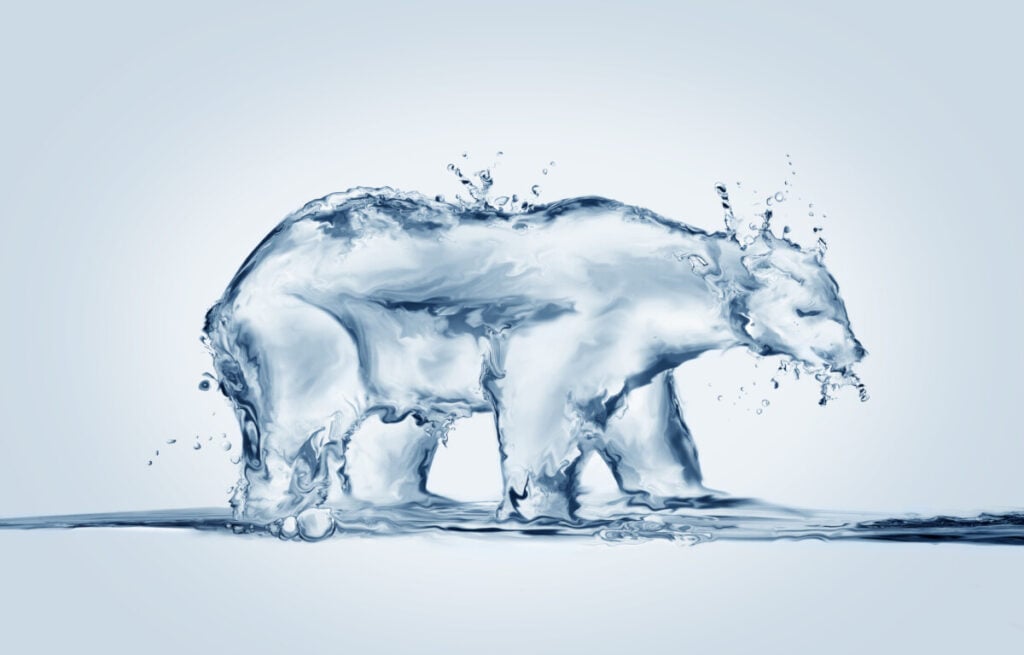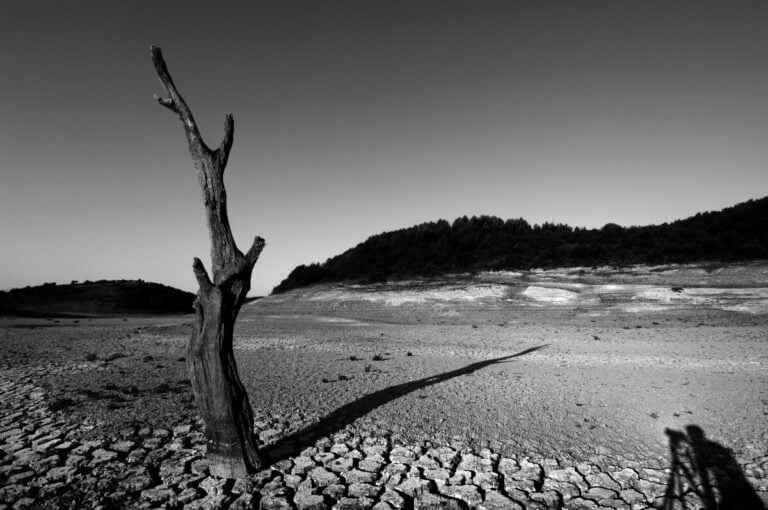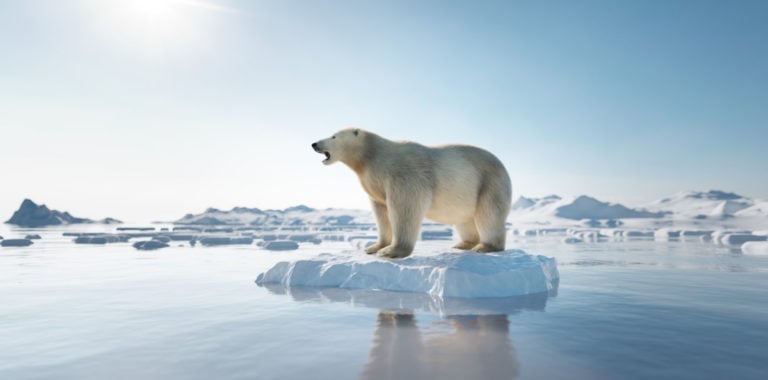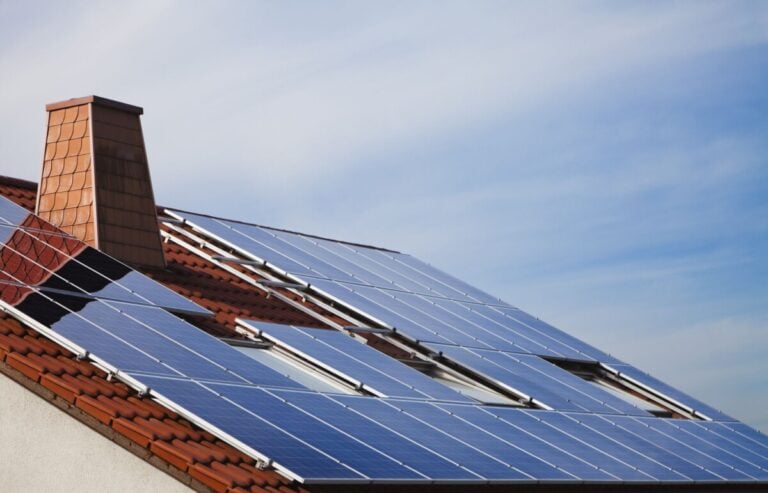Global warming can be defined as an increase in the Earth’s atmospheric, oceanic temperatures and a general change in the Earth’s atmosphere, including sea level rise and snowfall variability.
Climate change and its associated impacts vary from region to region across the globe due to the increase in the greenhouse effect resulting from pollution and other human activities such as greenhouse gas emissions, mainly due to industrial processes and transport .
What is the greenhouse effect?
Atmospheric radiation propagates in all directions. Thus, greenhouse gases trap heat in the surface-troposphere system. This is called the greenhouse effect.
Main causes of global warming
Increase in CO2 concentration
The concentration of CO2 in the atmosphere has increased by about thirty percent. We are predicted to soon reach a concentration of carbon dioxide that has not been observed on Earth for the past 50 million years, which will eventually lead to a change in the average temperature of the Earth’s surface, which will prove fatal to mankind.
Ozone depletion
The rise in ozone levels in the stratosphere over Antarctica is the result of complex chemical processes. The return of the Sun at the end of winter sets off photochemical reactions that destroy ozone in the stratosphere.

The Arctic was reported to have experienced a gradual development of an annual decline during the 1990s. Amendments have been issued to protect the ozone layer to eliminate some CFCs from industrial production, but all this has not yet resulted in any improvements.
Deforestation
Crazy and sometimes barbaric deforestation leads to a decrease in the amount of rain. Forests are useful to humans, they purify the air, because they act as natural filters that remove carbon dioxide from the atmosphere. Deforestation releases large amounts of carbon and also leads to an increase in carbon dioxide on the earth.
Methane and nitrous oxide emissions from agriculture
This process also occurs in the intestines of herbivores, and with more concentrated animal products, the level of methane released into the atmosphere increases. Another source of methane is methane clathrate, a compound in large quantities of methane trapped in the crystal structure of ice. As methane escapes from the Arctic floor, the rate of global warming increases accordingly.
Aerosols present in the atmosphere
Atmospheric aerosols can change the climate in two ways:
- They scatter and absorb solar and infrared radiation;
- They can change the micro-physical and chemical properties of clouds, as well as their lifespan and extent.
This can be explained by the fact that the scattering of solar radiation acts to cool the planet, while the absorption of solar radiation by aerosols heats the air directly instead of absorbing sunlight from the Earth’s surface.
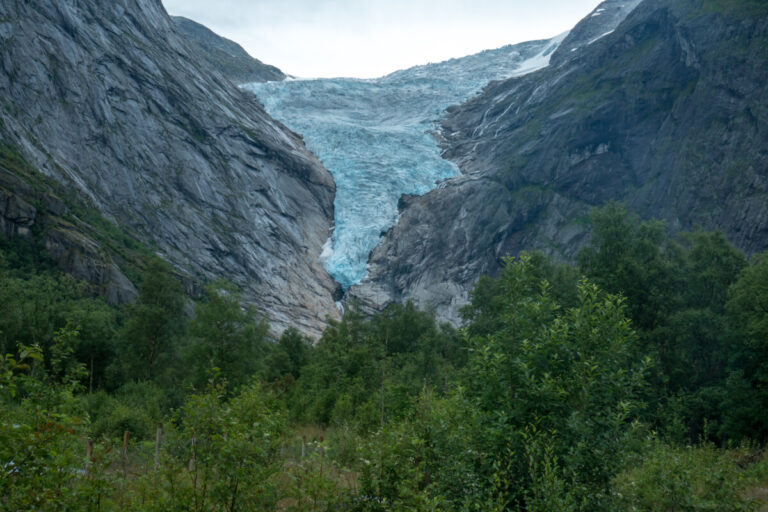
Vehicle exhaust emissions generate pollutants that are either aerosols to begin with or are converted by chemical reactions in the atmosphere to form aerosols. The concentration of condensation nuclei in the Northern Hemisphere is about three times higher than in the Southern. This higher concentration is estimated to result in radiative forcing.
Sea level rise
Sea level rise is the result of the melting of two massive ice sheets in Antarctica and Greenland. However, many countries in the world will experience the effects of rising sea levels, which could displace millions of people.
The Maldives is a country that is already looking for a “new home” due to rising sea levels. Most Americans living in coastal states are facing the negative effects of global warming.
Plankton boom due to warming seas
Some of the sea lions, sea urchins, algae and fish populations have become extinct due to the loss of plankton. Decreasing sea lion populations have resulted in killer whales eating too many sea otters, resulting in sea urchin explosions that have led to the loss of various fish populations.
Water vapor
Water vapor is increasing in the atmosphere due to carbon dioxide-induced warming. Two-thirds of the heat absorbed by greenhouse gases is contained in water vapor, and as the average temperature on the planet rises, the amount of water vapor in turn increases, leading to untimely precipitation that can further trigger other natural disasters. such as floods.
Sunspots
Dark spots on the surface of the Sun block hot solar plasma. An increase in solar activity changes the level of solar radiation on Earth, thereby causing short-term warming cycles.
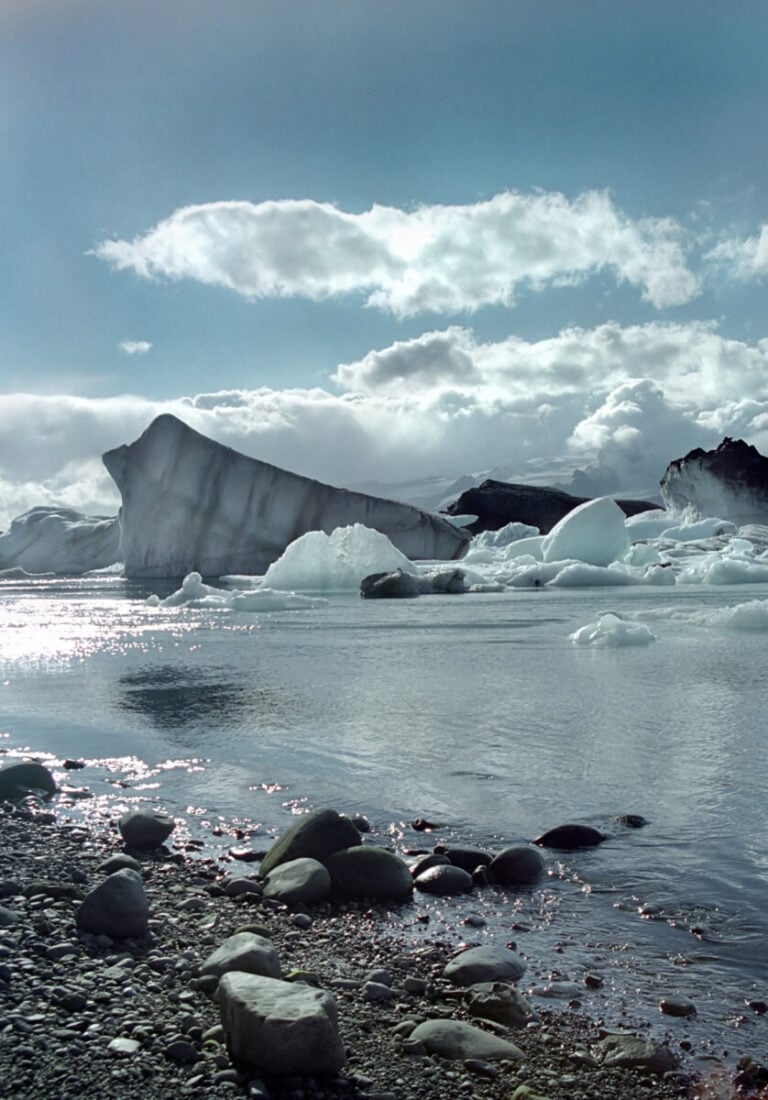
Bright spots, known as faculae, emit more heat and are more powerful than dark, cold spots. Because of them, the total average energy per 30-day solar rotation increases, resulting in many other side effects.
Fossil fuel burning
When fossil fuels are burned, the level of carbon dioxide in the atmosphere increases. As you know, carbon dioxide absorbs infrared energy emitted by the earth’s surface, preventing it from returning to space.
Carbon emissions from gasoline combustion for cars, trucks and other modes of transport. Electricity generation requires coal, which is the largest producer of carbon dioxide emissions.
Mining
Extraction of oil, coal, and other minerals found in deep seams allows methane, a greenhouse gas, to escape from the ground. Disturbing the soil, the accumulated gases enter the environment.
